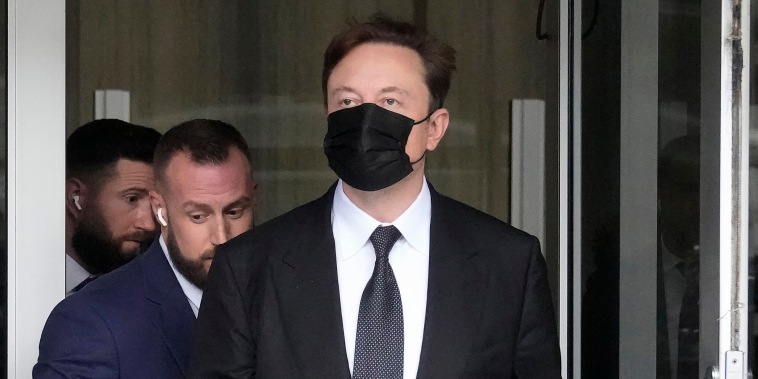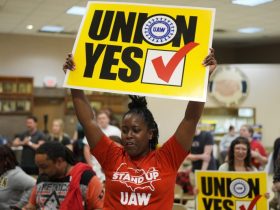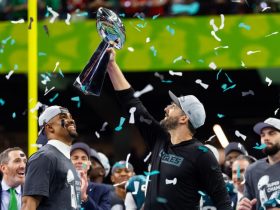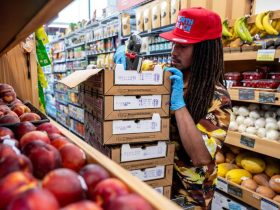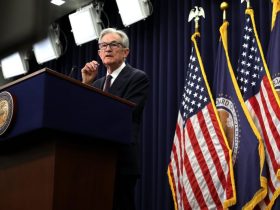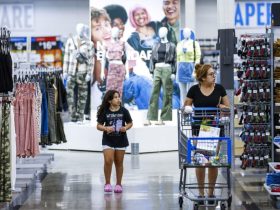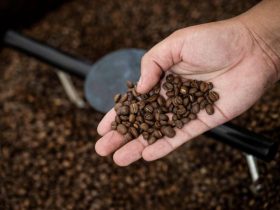A jury found Elon Musk not liable for costing investors millions of dollars when he issued a series of tweets saying he had ‘secured’ funding to take the electric car maker private.
The Friday verdict, issued by a nine-person Northern California jury, represents a legal victory for the 51-year-old billionaire, who has seen the value of his Tesla holdings decline some 44% over the past year.
During the trial, Musk personally took the witness stand to defend the tweets, testifying he believed he had a handshake agreement in 2018 with Saudi Arabia’s Public Investment Fund to convert Tesla, which is a publicly traded company, into a private one. It was the Saudis, he said, who subsequently reneged on the deal.
Elon Musk and shareholder attorney Nicholas Porritt in federal court as U.S. District Judge Edward Chen, right, looks on in San Francisco on Jan. 24, 2023. Vicki Behringer / AP
“I had no ill motive,” Musk said during nearly eight hours of testimony last month. “My intent was to do the right thing for all shareholders.”
Nicholas Porritt, an attorney representing Tesla shareholders in the case, countered that no formal agreement was ever in place, and that Musk’s tweet had served his own interests rather than those of investors, costing them millions and potentially billions of dollars as Tesla’s share price fluctuated during the ordeal.
Even before the trial, California District Court Judge Edward Chen had ruled that the tweets were false and reckless. Separately, Musk and Tesla had reached a $40 million settlement with the Securities and Exchange Commission just one month after the tweets were posted, though Chen instructed the jury not to consider that development in their deliberations.
Just three weeks after his online musings, Musk decided to scrap the take-private proposal after consulting with shareholders. But Musk, as well as several colleagues, testified that they had no doubt Musk could have raised the funds to take the company private if necessary, mostly through tapping shares in SpaceX, his rocket company.
By one measure, the decision to keep Tesla public has paid off: Tesla’s shares are worth more than eight times what they were at the time of Musk’s buyout tweet, after adjusting for two stock splits that have occurred since then.

